As a developing economy, India has numerous developmental aspirations. How India meets these goals without worsening the climate crisis is at the heart of CSTEP's work. Addressing climate change and enabling a secure and sustainable future for Indian citizens require an overhaul of previous paradigms on development and resource utilisation. This is reflected in our work on developing low-carbon trajectories for development with an emphasis on nature-based solutions.
We are working with state governments across India to build capacity on risk and vulnerability assessments to inform their respective action plans on climate change. The transition from fossil fuels to renewable energy is crucial to achieving a secure and sustainable future. CSTEP's studies explore the possibility of a greater integration of renewables in the energy sector.
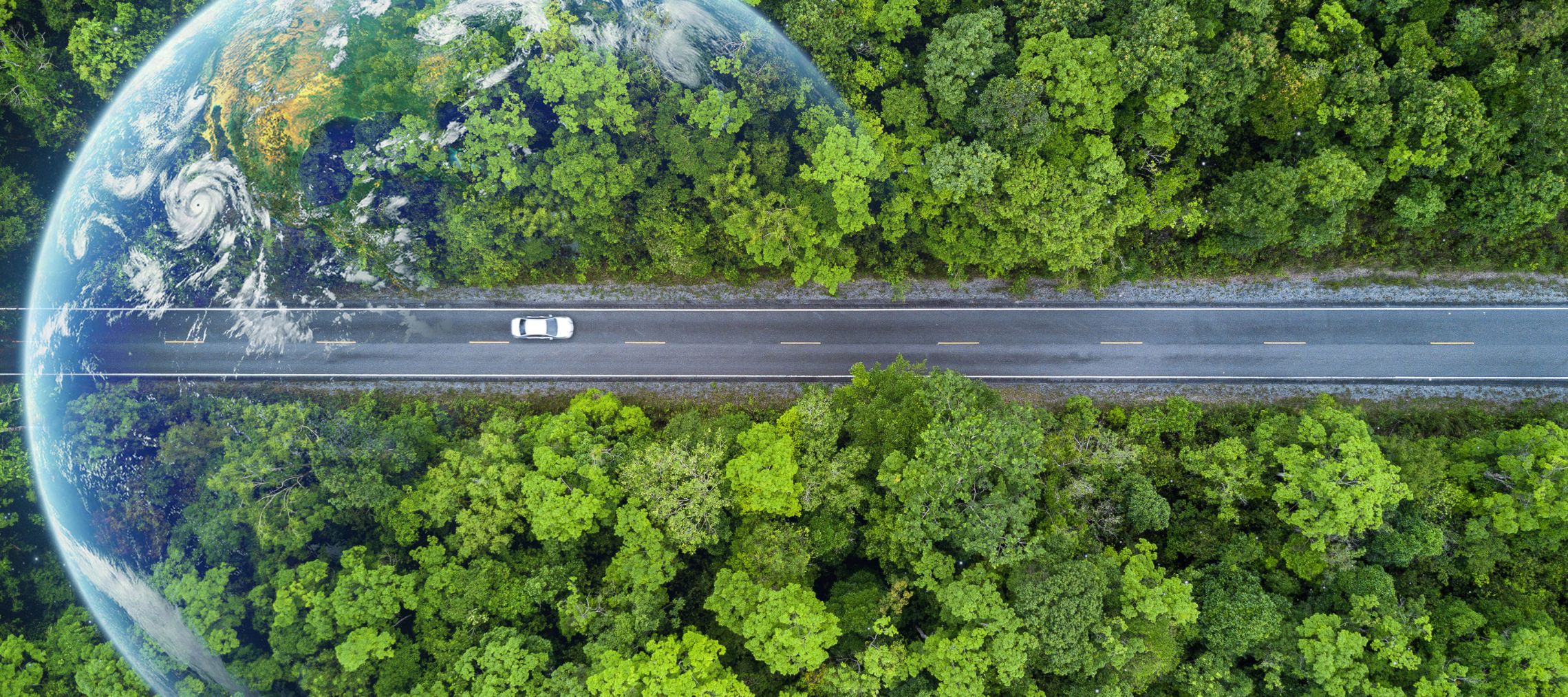
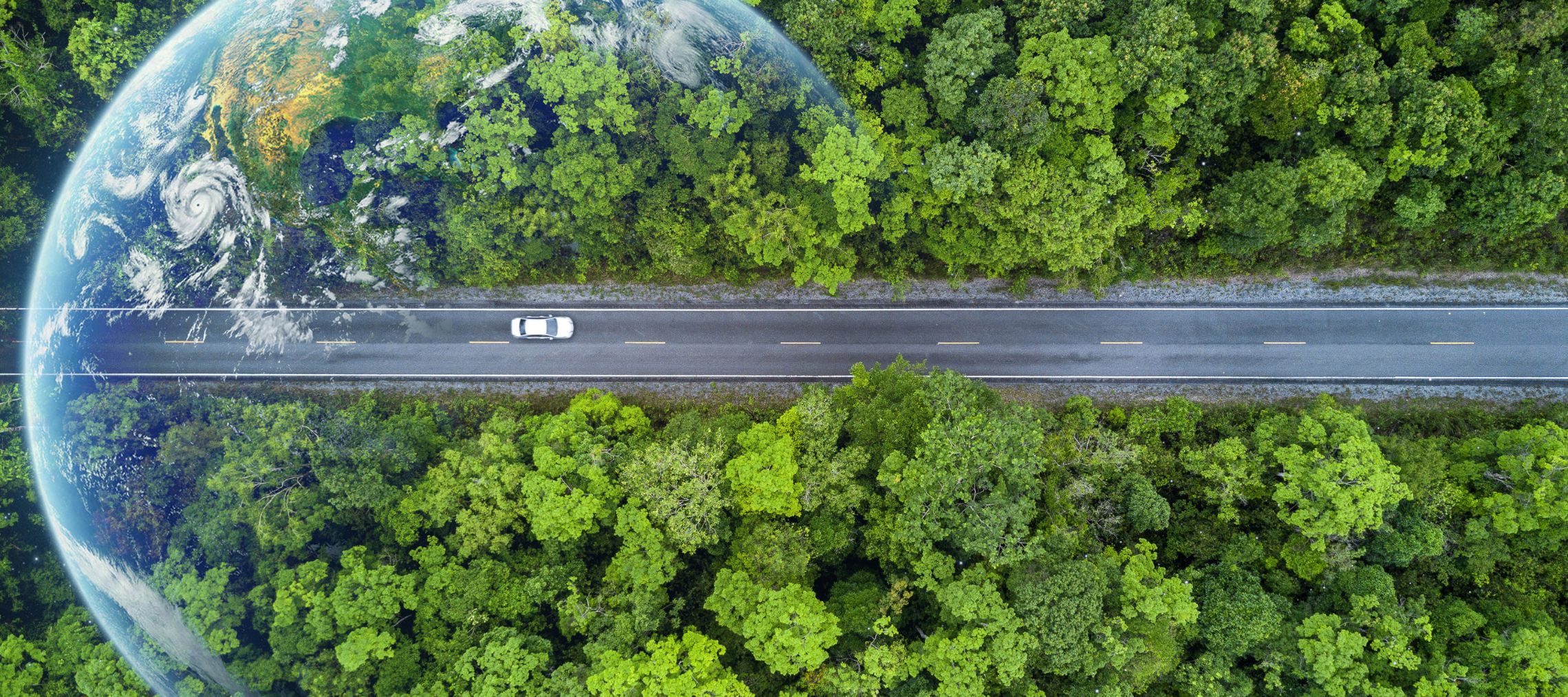



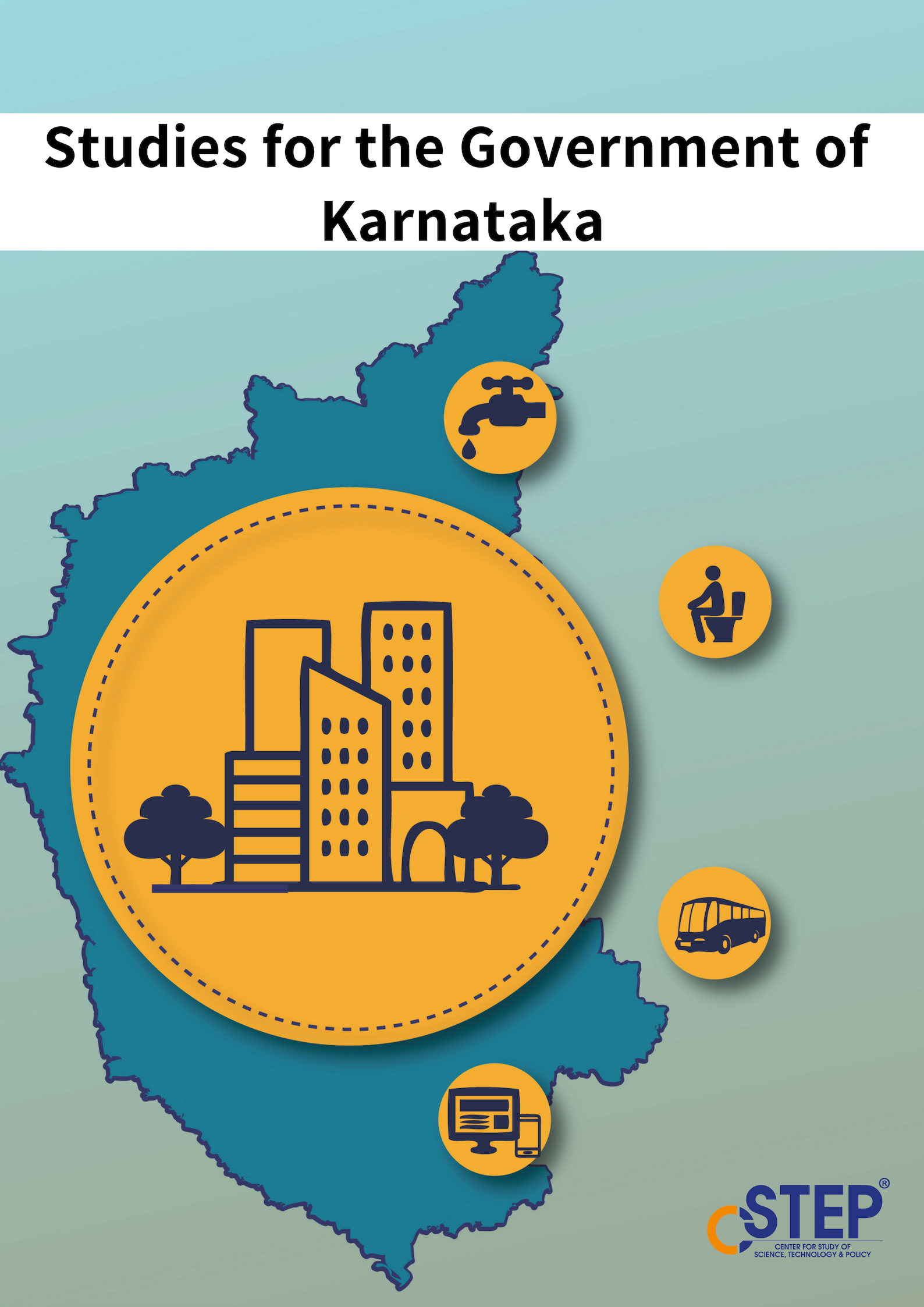
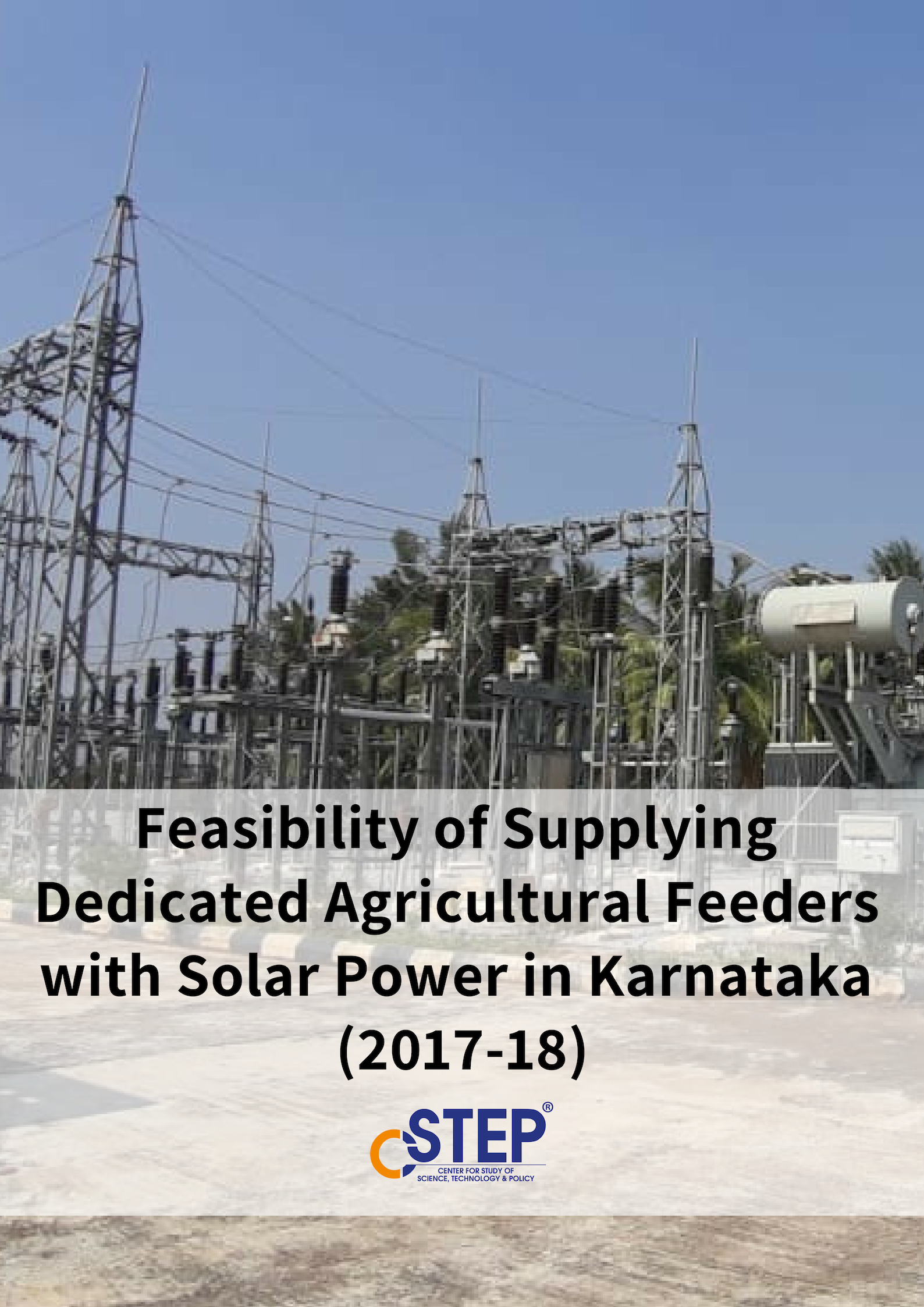
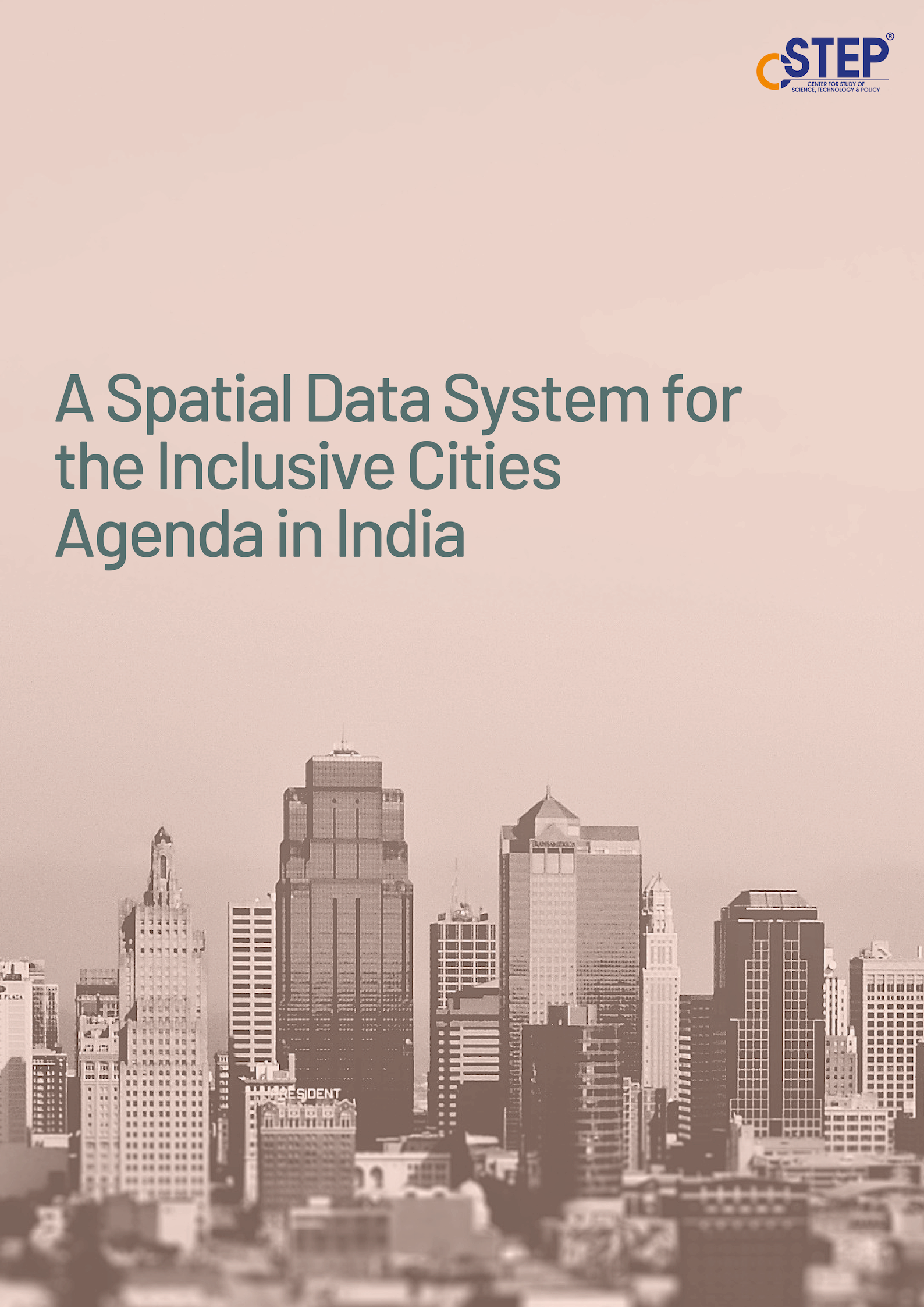
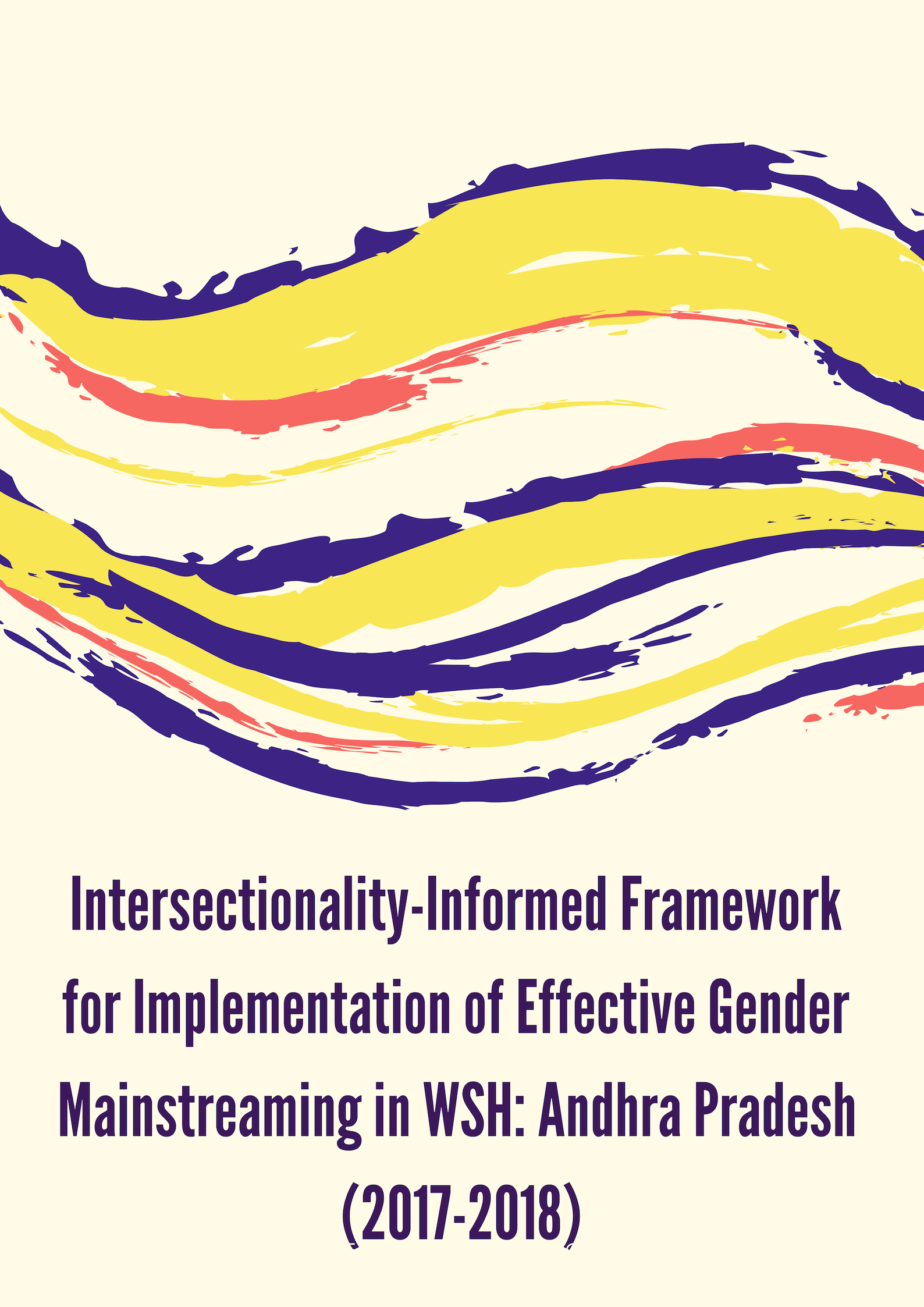
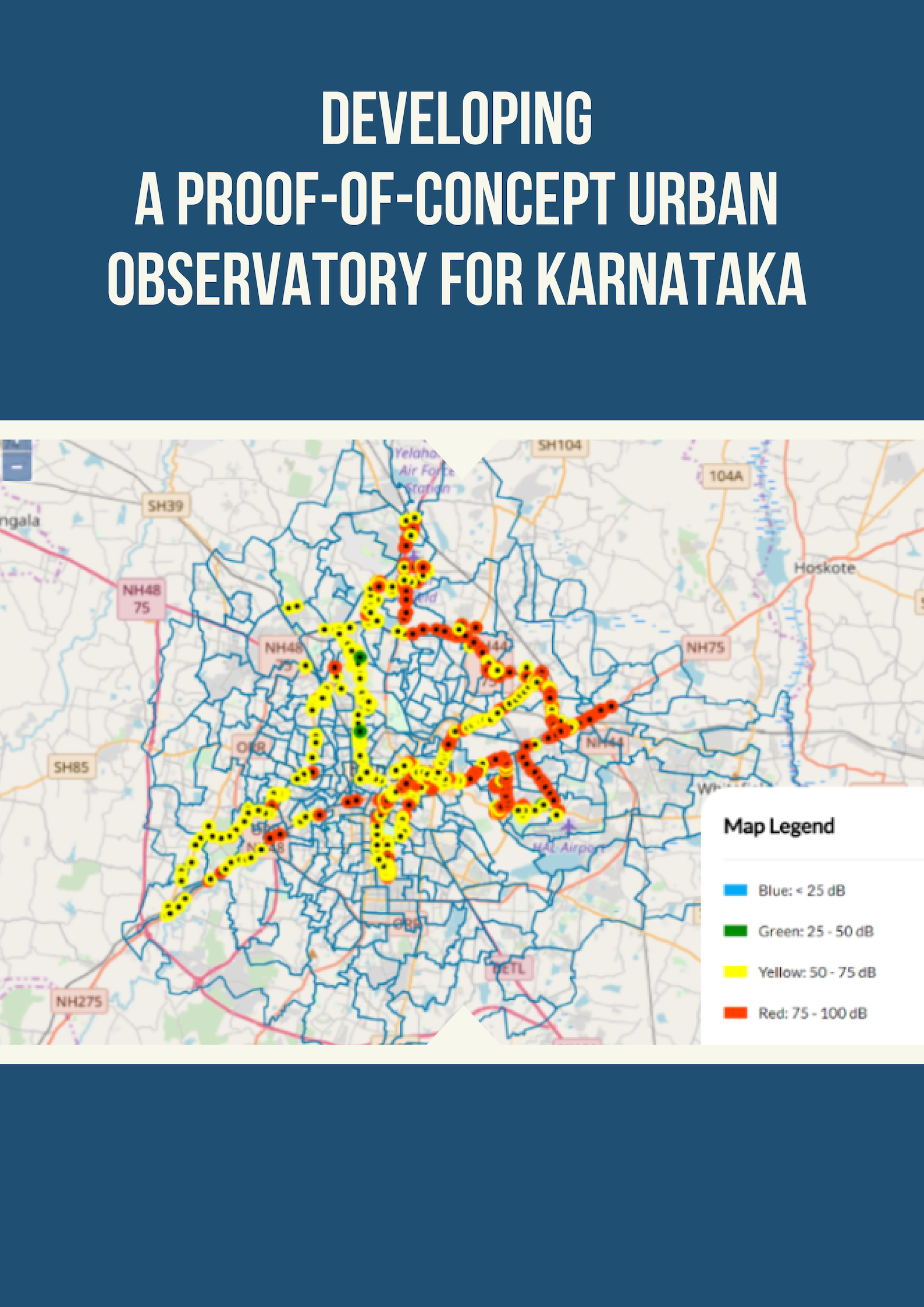
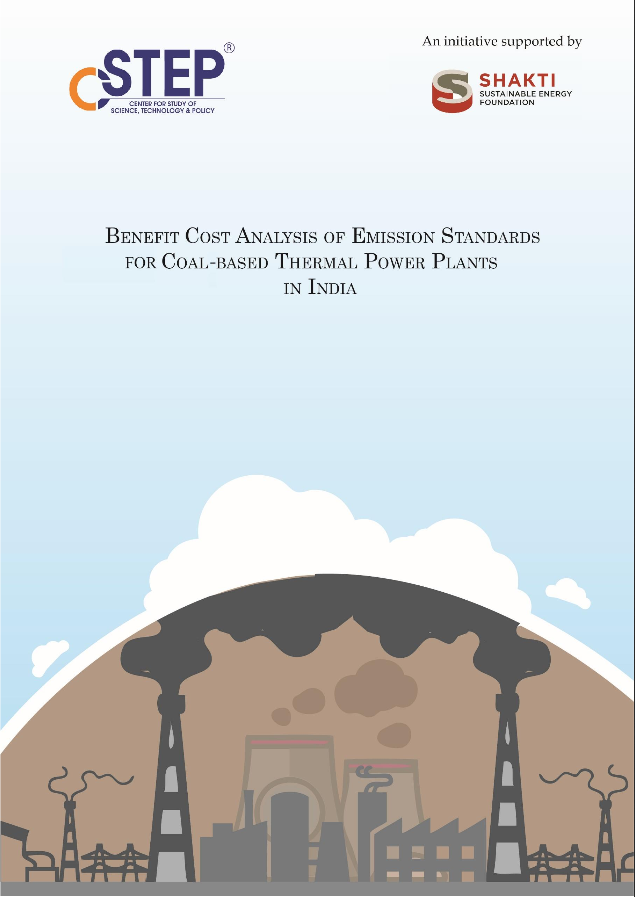
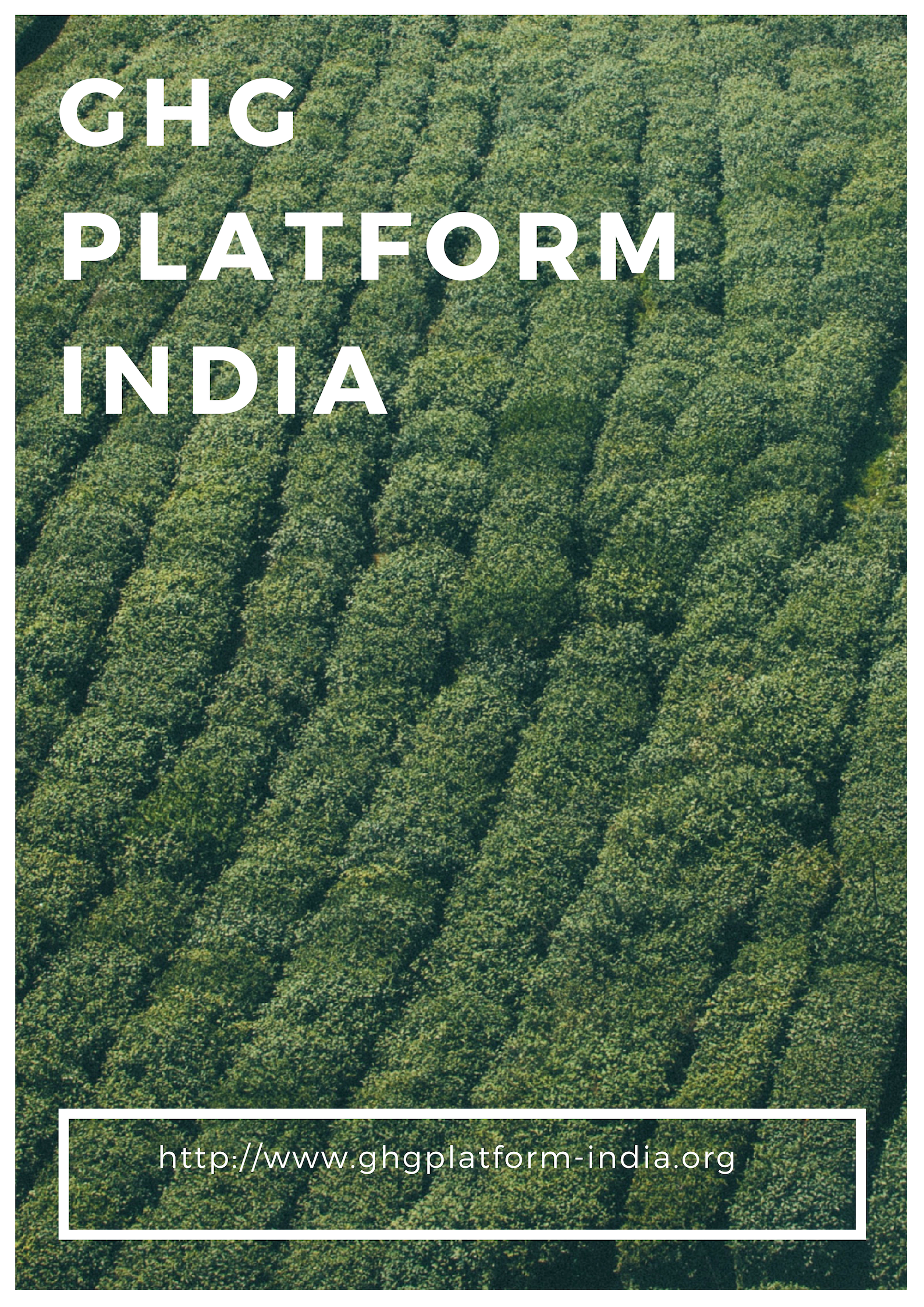






State Action Plan 2.0: Time to Get Vocal for Local
Nineteen extreme weather events in 2019 claimed 1,357 lives, with heavy rain and floods accounting for 63% of deaths in India. Between 2013 and 2019, there has been a 69% increase in the number of heatwave days. Many Indian states are increasingly experiencing extreme weather events such as heavy rainfall, heat waves, and super cyclones. These are projected to increase even further in the future. These changes in India's climate will be an additional stress to ecosystems, agricultural outputs, and freshwater resources, and could also damage the infrastructure.
Building climate-resilient power infrastructure
The rise in temperature, high rainfall variability, and increased frequency of extreme events in recent decades are all evidence of climate change. In India, these trends are projected to worsen—temperature likely to increase by 4°C, frequent heat waves to persist over longer durations, heavy rainfall events to get more frequent, dry spells to extend, and the sea level to increase by about 3 metres by the end of the century.
National Law and Policy Hackathon
CSTEP partnered with E-Cell at the National Law School of India University (NLSIU) for the first National Law and Policy Hackathon.
How to pollution-proof doorstep delivery
The near-death blow dealt by the COVID-19 pandemic to global economies notwithstanding, e-commerce companies have not just thrived but have witnessed a much higher growth rate. According to the India Brand Equity Foundation, e-commerce companies registered a growth of 31 per cent in the third quarter of 2020 compared to the same period in 2019. The consequent increase in demand for e-commerce deliveries has had an impact on the environment in urban areas and will inevitably lead to rise in emissions and air pollution.
Need to operationalise green indexing of govt programmes
In India, the implementation of a large number of developmental and infrastructure programmes have often led to environmental degradation. Very often, environmental damage is recognised post-implementation of a programme or a project.
The Government of India has Environmental Impact Assessment (EIA) and clearance requirements for large projects. Even this is a flawed process since most of the projects are cleared anyway. Of late, there have been efforts to further dilute the EIA.
